single source of truth
description: information systems good practice for data normalization using one source for a particular data element
18 results

Learning Vue.js 2: Learn How to Build Amazing and Complex Reactive Web Applications Easily With Vue.js
by
Olga Filipova
Published 13 Dec 2016
The components are not aware of each other and cannot modify each other's state directly in any way. They also can also not affect directly the brain's initial state. They can only call the actions. Actions belong to the brain, and in their callbacks, the state can be modified. Thus, our brain is a single source of truth. Tip Single source of truth in information systems is a way of designing the architecture of the application in such a way that every data element is only stored once. This data is read-only to prevent the application's components from corrupting the state that is accessed by other components. The Vuex store is designed in such a way that it is not possible to change its state from any component.
…
Once components retrieve a state from it, they will reactively update their views every time the state changes. Components are not able to directly mutate the store's state. Instead, they have to dispatch mutations declared by the store, which allows easy tracking of changes. Our Vuex store thus becomes a single source of truth. Let's create a simple greetings example to see Vuex in action. Greetings with store We will create a very simple Vue application with two components: one of them will contain the greetings message and the other one will contain input that will allow us to change this message.

Large Scale Apps with Vue 3 and TypeScript
by
Damiano Fusco
Published 16 Aug 2020
How to re-factor parts of a component to create a child component and use unit tests to validate our changes Observations We did not test user interaction with our component Based on these observations, there are a few improvements that will make in the next chapters when we get into more advanced unit tests: Improvements Add unit tests also for events like click etc to test user interaction Chapter 6 - Introducing Vex As mentioned at the end of the previous chapter, Vuex offer a State Management Pattern to keep views/state/actions separated and allow to manage state changes from a centralized place, the store, which becomes the single source of truth for our application state. As long as we follow Vuex recommended patterns and read or modify the state only through Vuex actions and mutations, our application will always work. On the other hand, if we attempt to modify the state outside of Vuex actions and mutations, we might start experiencing problems.
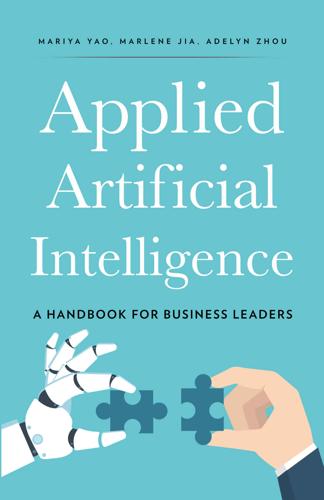
Applied Artificial Intelligence: A Handbook for Business Leaders
by
Mariya Yao
,
Adelyn Zhou
and
Marlene Jia
Published 1 Jun 2018
Do You Have a Central Technology Infrastructure and Team? A key milestone in the corporate digital transformation is the development of a centralized data and technology infrastructure. These two elements connect consumer applications, enterprise systems, and third-party partners and provide access to a single source of truth that contains relevant, up-to-date, and accurate information for all parties. Designing and implementing the infrastructure needed for enterprise-scale AI requires a strong and dedicated technology team that can develop internal application programming interfaces (APIs) to standardize access to both data and your company’s internal business technology.
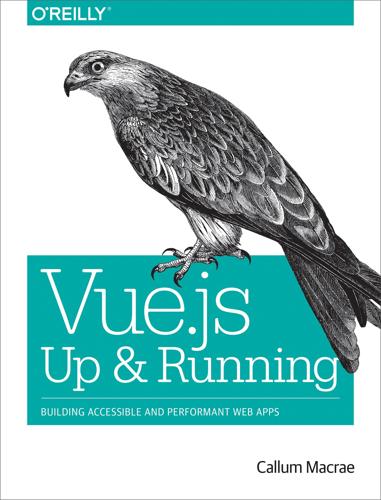
Vue.js
by
Callum Macrae
Published 23 Feb 2018
Throughout the rest of the chapter, I’ll introduce the individual concepts you saw in that example—state, mutations, and actions—and explain a way we can structure our vuex modules in large applications to avoid having one large, messy file. State and State Helpers First, let’s look at state. State indicates how data is stored in our vuex store. It’s like one big object that we can access from anywhere in our application—it’s the single source of truth. Let’s take a simple store that contains only a number: import Vuex from 'vuex'; export default new Vuex.Store({ state: { messageCount: 10 } }); Now, in our application, we can access the messageCount property of the state object by accessing this.$store.state.messageCount. This is a bit verbose, so generally it’s better to put it in a computed property, like so: const NotificationCount = { template: `<p>Messages: {{ messageCount }}</p>`, computed: { messageCount() { return this.
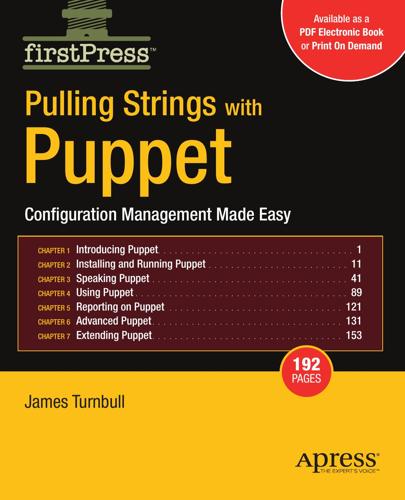
Pulling Strings With Puppet: Configuration Management Made Easy
by
James Turnbull
Published 1 Jan 2007
External nodes provide the capability to store our node definitions in a data source external to Puppet, for example, generated by a script or drawn from a database. An extension of this functionality, LDAP nodes, allows you to store your node configurations in a LDAP server. This externalization of data provides a number of advantages when managing our configuration information, especially in providing a single source of truth and a centralized repository for asset and configuration information. As discussed in Chapter 1, the Puppet client-server model is not yet fully scalable to large installations, for example, the management of thousands of nodes. In this chapter, I’ll examine using the Mongrel web server in combination with an Apache proxy running the mod_ssl and mod_proxy_balancer modules to enhance Puppet’s scalability and allow you to run multiple master daemons.
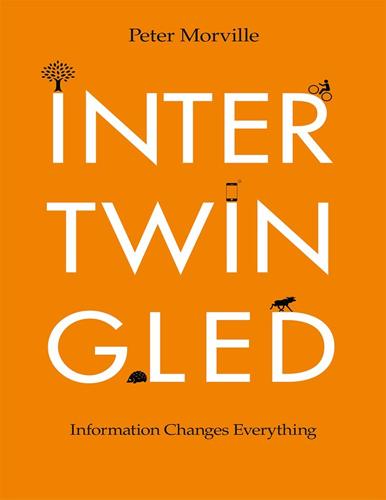
Intertwingled: Information Changes Everything
by
Peter Morville
Published 14 May 2014
Of course, when it comes to co-cultures, there are some things you just can’t fix. I saw this firsthand while working with DaimlerChrylser soon after the 1998 merger. We were hired to build an information architecture strategy for a unified corporate portal. By integrating several American and German intranets into a single source of truth, executives hoped to bring the cultures together. While this seemed unrealistic, we were willing to give it a go. But the more we learned, the less we believed in the mission. In stakeholder interviews, the absence of trust was palpable. This was a culture clash of epic proportions. On the surface, friction was caused by different wage structures, org charts, values, and brands.
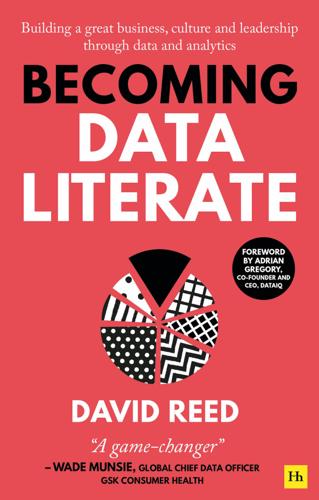
Becoming Data Literate: Building a great business, culture and leadership through data and analytics
by
David Reed
Published 31 Aug 2021
To avoid misalignment of definitions, data governance should be maintained from the centre. The ultimate objective should be for the brand to live its values in its use of data, including AI ethics. Democratise DataIQ Way Marker Create a data ‘Ministry of Truth’ Data as the single source of truth As the examples of Aviva and Jaguar Land Rover in earlier chapters have shown, BI can be the catalyst for driving transformation and maturity in the use of data. Having access to consistent, reliable, real-time indicators of performance can make the difference between a positive strategic outcome and a negative tactical reaction.
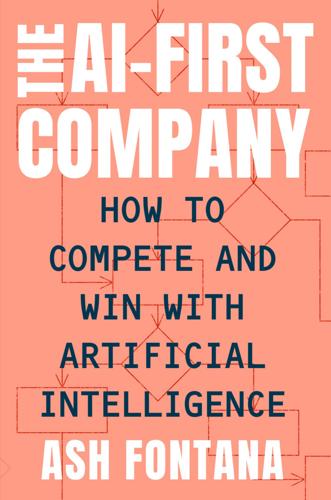
The AI-First Company
by
Ash Fontana
Published 4 May 2021
AI becomes possible when data is cheaper to store, there’s more of it, and there are methods to make sense of it. This poses a tremendous opportunity in the AI-First Century: capture the data “exhaust” (anything recorded when customers perform operations in an application, such as clicking buttons and changing values) from existing systems of record (the “single source of truth” for a business function), and build AI on top. Better Data Collection, Better Products Salesforce is a system of record, and the apps on top are intelligent applications. Let’s think a little more about the differences between these applications with respect to how data is input and what that allows.

Brave New Work: Are You Ready to Reinvent Your Organization?
by
Aaron Dignan
Published 1 Feb 2019
If you’re still exchanging documents with names such as “presentation-v32.7-final-ad-final-final.ppt,” you’re missing out on the cheapest productivity boost in the world: multiplayer applications. Apps such as Google’s G Suite, Office 365, Dropbox Paper, Box Notes, Quip, Trello, Evernote, Basecamp, Asana, and Parabol allow multiple users to create and edit documents, files, and data simultaneously. Instead of information flying from inbox to inbox, everyone shares a single source of truth that is always one click away. Teams can coauthor presentations, documents, and even entire projects synchronously or asynchronously, in the same room or remotely, for less than you spend on printer paper. When media company PopSugar switched to G Suite, the average time to go from an interview to a published piece went from twenty-four hours to less than two.
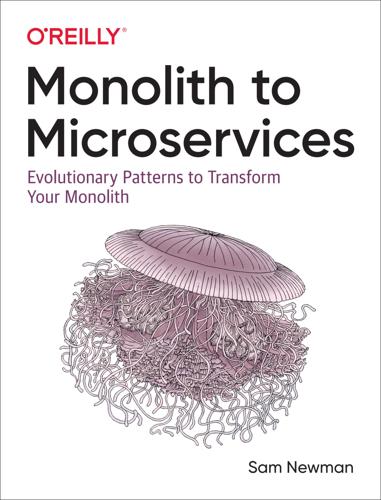
Monolith to Microservices: Evolutionary Patterns to Transform Your Monolith
by
Sam Newman
Published 14 Nov 2019
Existing code can be changed to start accessing the new service, and once all functionality is using the new service as the source of truth, the old source of truth can be retired. Careful consideration needs to be given regarding how data is synchronized between the two sources of truth. Figure 4-18. A tracer write allows for incremental migration of data from one system to another by accommodating two sources of truth during the migration Wanting a single source of truth is a totally rational desire. It allows us to ensure consistency of data, to control access to that data, and can reduce maintenance costs. The problem is that if we insist on only ever having one source of truth for a piece of data, then we are forced into a situation that changing where this data lives becomes a single big switchover.
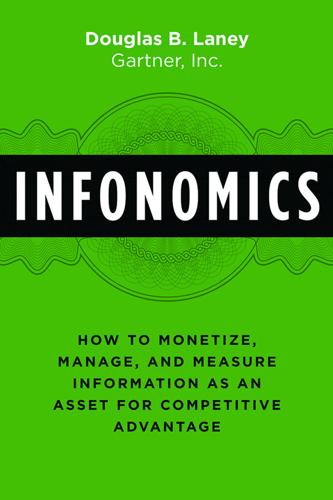
Infonomics: How to Monetize, Manage, and Measure Information as an Asset for Competitive Advantage
by
Douglas B. Laney
Published 4 Sep 2017
And lacking the means to calculate the value of information itself, even seasoned information executives such as CDOs struggle with quantifying the benefits of information management. AIG’s CDO, Leandro DalleMule, told me that the core of his information vision is an overall philosophy of “data defense and data offense… building ‘data management in a box’ by attacking business cases module by module to create a single source of truth that ultimately pulls data from 3000 systems into one place.”1 Applied Asset Management for Information Vision After studying the library science domain, it’s clear that information should ascend to a level of importance on par with—or even above—other assets. However, information leaders should promote the principle that information capability is directly related to business process performance and a source of strategic advantage as their colleagues do in human capital management.
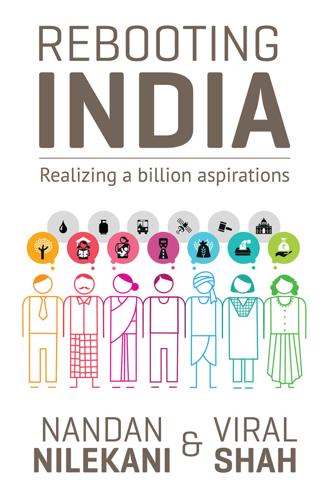
Rebooting India: Realizing a Billion Aspirations
by
Nandan Nilekani
Published 4 Feb 2016
A survey they performed in New Delhi in 2015 found that nearly 22 per cent of the names on the voter list need to be updated or deleted as these individuals were not found at their listed address.28 Any changes to the voter list should be clearly visible, and all political parties and citizens should be brought on board with the process so as to forestall any allegations of malpractice. Equally important, individuals should be able to view their voter records easily so that any errors in their record can be quickly noted, a process that can be made faster through automation. Once the data is available, political campaigns can use it as a single source of truth. The data can be accessed with a simple device like a smartphone or a tablet. As we will discuss in the next chapter, one of the most successful technological innovations in Nandan’s campaign was also among the simplest—a digital voter roll that people could look up on a smartphone, making it easy to find voter data and to direct people to the correct polling location.
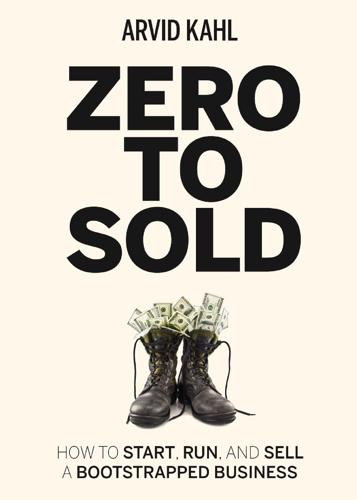
Zero to Sold: How to Start, Run, and Sell a Bootstrapped Business
by
Arvid Kahl
Published 24 Jun 2020
After all, you will see the errors as they happen on your local computer, and not just after having deployed a new faulty version to production. It's a way to keep your operational peace of mind. You will still need to do ample testing before every deploy. Having your systems in immutable containers will force them to be mostly stateless, which allows you to save your data in a single source of truth, likely a database or in-memory storage system. Stateless containers will enable you to launch as many as you need to handle the increasing load over time since they can work on different tasks in parallel. Many orchestration systems can auto-scale containers to match the computational demand of your customers.

Reset
by
Ronald J. Deibert
Published 14 Aug 2020
Retrieved January 2019 from https://www.aircanada.com/ca/en/aco/home/legal/privacy-policy.html Tala’s CEO said that “repayment of a loan …”: Aglionby, B. (2016, July 5). “US fintech pioneer’s start-up in Kenya.” Retrieved from https://www.ft.com/content/05e65d04-3c7a-11e6-9f2c-36b487ebd80a What … Keith Breckenridge calls “reputational collateral”: Breckenridge, K. (2018). The failure of the ‘single source of truth about Kenyans’: The NDRS, collateral mysteries and the Safaricom monopoly. African Studies, 78(1), 91–111. http://doi.org/10.1080/00020184.2018.1540515; Johnson, K., Pasquale, F., & Chapman, J. (2019). Artificial intelligence, machine learning, and bias in finance: Toward responsible innovation.

Woke, Inc: Inside Corporate America's Social Justice Scam
by
Vivek Ramaswamy
Published 16 Aug 2021
The lifeblood of our democracy is open debate about our public policies. Whether to implement lockdowns to stop the spread of COVID-19 was one of the most important public policy debates of 2020. Treating policy judgments as though they’re “facts” is a threat to democracy. There’s another problem. Using the WHO as a single source of truth is dangerous to science—and to public health too. We now know that the WHO had reason to believe in December 2019, when Taiwan sent an emergency message to WHO leadership about a respiratory disease from China, that SARS-CoV-2 was contagious between humans. Yet the WHO does not recognize Taiwan due to pressure from China.
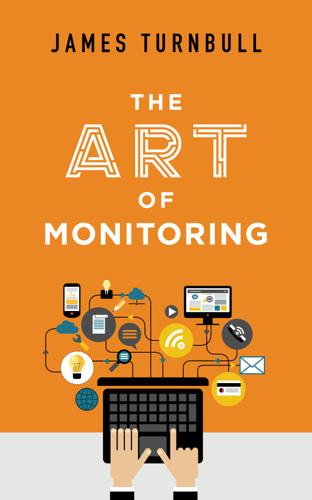
The Art of Monitoring
by
James Turnbull
Published 1 Dec 2014
Statically defined checks just don't handle this changing landscape, resulting in checks (and faults) on resources that do not exist or that have changed. Further, many monitoring systems require you to duplicate configuration on both a server and the object being monitored. This lack of a single source of truth leads to increased risk of inconsistency and difficulty in managing checks. It also generally means that the monitoring server needs to know about resources being monitored before they can be monitored. This is clearly problematic in dynamic or changing landscapes. Additionally, updates to monitoring are often considered secondary to scaling or evolving the systems themselves.
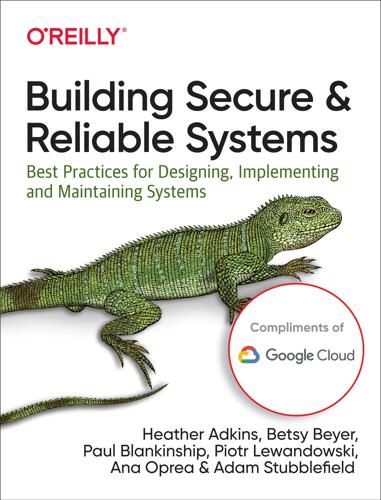
Building Secure and Reliable Systems: Best Practices for Designing, Implementing, and Maintaining Systems
by
Heather Adkins
,
Betsy Beyer
,
Paul Blankinship
,
Ana Oprea
,
Piotr Lewandowski
and
Adam Stubblefield
Published 29 Mar 2020
To scale this coverage effectively, this instrumentation should be self-serve, allowing teams to implement both the change and the instrumentation. Tracking these results transparently helps motivate users and simplifies communications and internal reporting. Rather than duplicating work, you should also use this single source of truth for executive communications. Conducting any large-scale, long-term change in an organization while maintaining continued leadership support is difficult. To sustain momentum over time, the individuals making these changes need to stay motivated. Establishing finite goals, tracking progress, and demonstrating significant examples of impact can help teams finish the marathon.
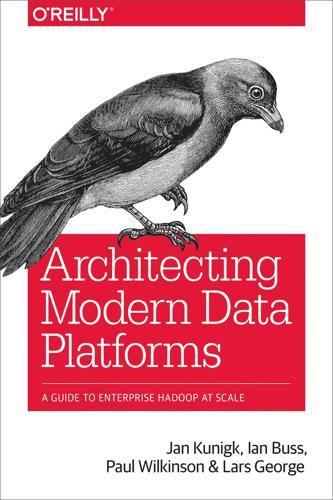
Architecting Modern Data Platforms: A Guide to Enterprise Hadoop at Scale
by
Jan Kunigk
,
Ian Buss
,
Paul Wilkinson
and
Lars George
Published 8 Jan 2019
If a table is dropped, Hive deletes the data from the storage engine. For external tables, Hive makes no modifications to the underlying storage engine in response to metadata changes, but merely maintains the metadata for the table in its database. Other projects, such as Apache Impala and Apache Spark, rely on the Hive Metastore as the single source of truth for metadata about structured datasets within the cluster. As such it is a critical component in any deployment. Going deeper There are some very good books on the core Hadoop ecosystem, which are well worth reading for a thorough understanding. In particular, see: Hadoop: The Definitive Guide, 4th Edition, by Tom White (O’Reilly) ZooKeeper, by Benjamin Reed and Flavio Junqueira (O’Reilly) Programming Hive, by Dean Wampler, Jason Rutherglen, and Edward Capriolo (O’Reilly) Computational Frameworks With the core Hadoop components, we have data stored in HDFS and a means of running distributed applications via YARN.